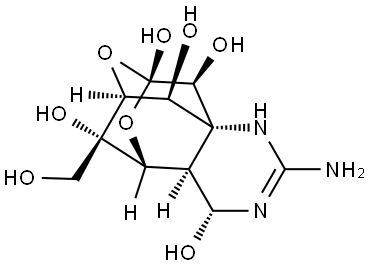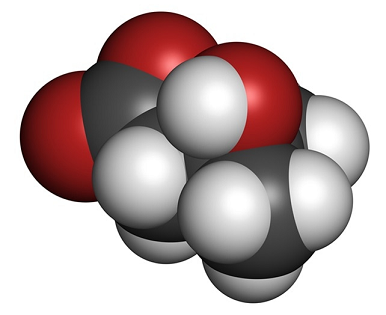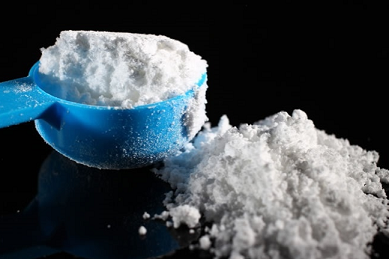Tetrodotoxin-A Natural Deadly Neurotoxin
Tetrodotoxin (TTX) is one of the most potent natural neurotoxins responsible for countless human intoxications and deaths around the world. TTX is a potent non-proteinaceous neurotoxin composed of a guanidinium moiety, pyrimidine ring and six hydroxyl groups on a highly-oxygenated carbon backbone (C-4, C-6, C8, C-9, C-10 and C-11). TTX is considered the most lethal toxin coming from the marine environment and was named after the Tetraodontidae family of pufferfish, from which it was first isolated. The distribution of TTX and its analogues is diverse and the toxin has been detected in organisms from both marine and terrestrial environments.
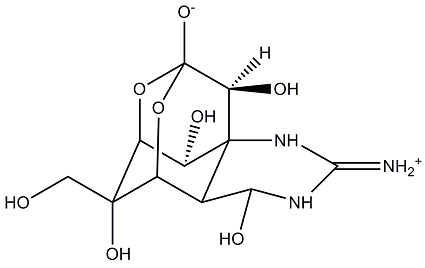
Tetrodotoxin is a deadly neurotoxin which selectively blocks the action potentials of voltage-gated Na+ channels along nerves, skeletal and cardiac muscle membranes. This occurs without change in the resting membrane potentials. The mechanism of TTX toxicity has been investigated in animal models: It is a sodium channel blocker. The toxin binds to the sodium channels of the excitable tissues of the victim (muscles and nerves); the inhibition of sodium ions through the channels effectively immobilises these tissues. In humans the onset and severity of the symptoms of TTX poisoning after ingestion is dose dependent. Initial symptoms include tingling (paresthesias) of the tongue and lips, followed by or concurrent with headache and vomiting, which may progress to muscle weakness and ataxia. In severe cases death may occur due to respiratory and/or heart failure. There is no known antidote for TTX and it has been responsible for numerous human fatalities, partly because the molecule is tasteless and heat-stable. The only treatment for TTX intoxication is observation and appropriate supportive care.
TTX is a colourless, crystalline-weak basic substance, with a molecular formula of C11H17O8N3, having to date 29 analogues described, with varying degrees of toxicity. They have been classified into three groups depending on the structure: hemilactal, lactone and 4,9-anhydro types. These are altogether referred to as tetrodotoxins (TTXs) and are present in a variety of taxonomically diverse groups of animals inhabiting terrestrial, marine, fresh water and brackish water environment. Although the origin of TTX is known to be associated to bacteria of the phylum Proteobacteria, comprising Pseudomonas, Pseudoalteromonas and Vibrio, several other phyla of bacteria (Actinobacteria, Bacterioides, Firmicutes, Proteobacteria) were reported as potential TTX sources. These bacteria have been suggested to be linked to specific dinoflagellate blooms, such as Prorocentrum minimum. TTX-producing bacteria (i.e. genera Bacillus, Shewanella, Roseobacter, Vibrio, Pseudomonas, Alteromonas, Aeromonas, Nocardiopsis) are present in several aquatic species in the subcutaneous mucus, ovaries or in the gastrointestinal tract.
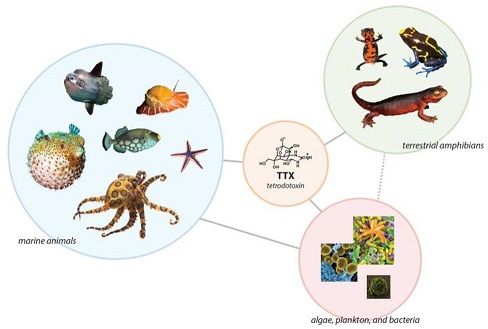
Tetrodotoxin is one of the most toxic natural substances known with a median lethal dose of 1~2mg for a 50 kg human. The neurotoxin selectively binds and blocks voltage-gated sodium channels, hence inhibiting the propagation of action potentials in muscle and nerve cells often with fatal effects at extremely low doses. Following TTX ingestion, intoxication symptoms start rapidly with numbness and nausea, and can be followed by vomiting, breathing difficulties, paralysis, and at high enough concentrations, death by respiratory failure. The signs of intoxication by TTX are the same as those observed with STX which is also found in organisms containing TTX. Although the chemical structures of TTX and STX are considerably different, both toxins exert their effects through an interaction with voltagegated sodium channels resulting in inhibition of neuromuscular transmission. Both toxins are active on the α-subunit of the sodium channels although there are some differences in the affinities of TTX and STX for different sodium channel isoforms[12]. Most documented poisoning cases have occurred in Asian countries where pufferfish is regarded as a delicacy. Toda et al. (2012) reported 651 incidents of TTX poisoning including 56 fatalities in Japan due to pufferfish ingestion between 1989 and 2010. In 2008 in Bangladesh, three poisoning events resulted in 17 deaths (Islam et al., 2011) and Azanza et al. (2019) reported 93 cases of TTX poisoning with 21.6% leading to fatalities between 2005 and 2018 in the Philippines.
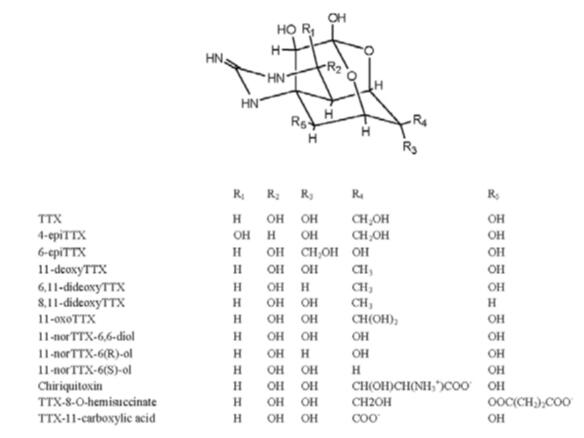
References
[1] Jal S, Khora SS, An overview on the origin and production of tetrodotoxin, a potent neurotoxin. J Appl Microbiol, 2015, 119:907-916.
[2] Lago J, Rodriguez LP, Blanco L, Vieites JM, Cabado AG, Tetrodotoxin, an extremely potent marine neurotoxin: distribution, toxicity, origin and therapeutical uses. Mar Drugs, 2015, 13:6384-6406.
[3] Silva M, Pratheepa VK, Botana LM, Vasconcelos V, Emergent toxins in North Atlantic temperate waters: a challenge for monitoring programs and legislation. Toxins, 2015, 7:859-885.
[4] Reverte L, de la Iglesia P, del Rio V, Campbell K, Elliott CT, Kawatsu K, Katikou P, Diogene J, Campas M, Detection of tetrodotoxins in puffer fish by a self-assembled monolayer-based immunoassay and comparison with surface plasmon resonance, LC–MS/MS, and mouse bioassay. Anal Chem, 2015, 87:10839.
You may like
See also
Lastest Price from TETRODOTOXIN manufacturers
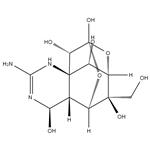
US $8.00-6.00/kg2024-04-23
- CAS:
- 4368-28-9
- Min. Order:
- 1kg
- Purity:
- 99%
- Supply Ability:
- g-kg-tons, free sample is available
